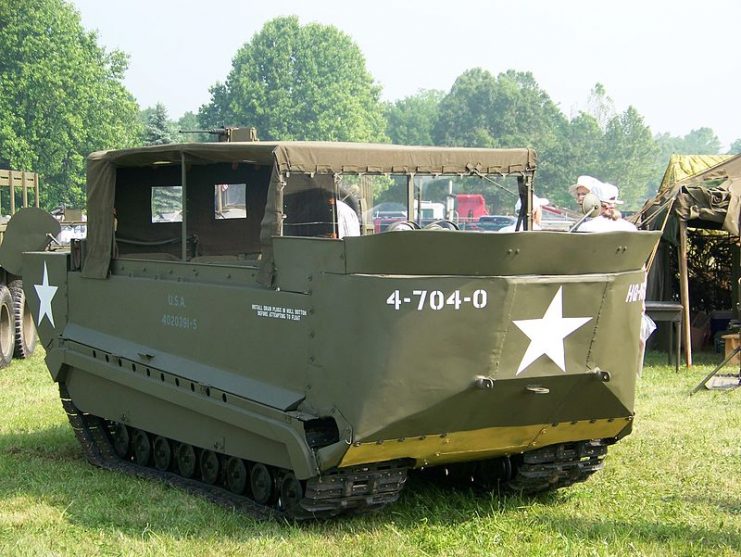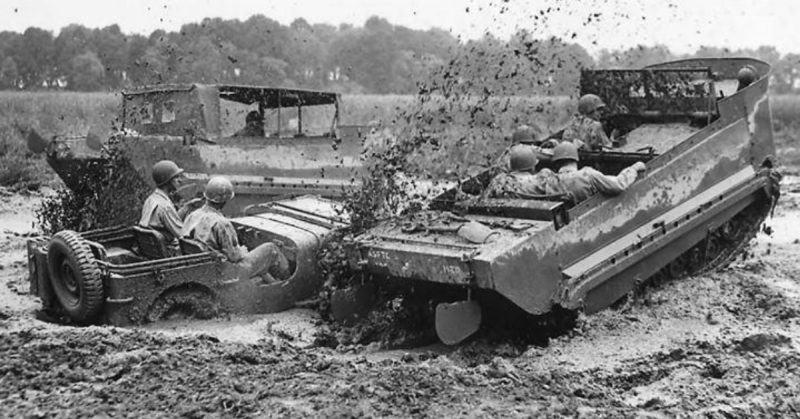Initially introduced to serve as part of a secret commando operation in Norway in 1942, the M29 Weasel was designed to overcome difficult surface conditions, the first and foremost being snow.
Proposed by the inventor Geoffrey Pyke in 1941, and developed by Canada in the following year, the Weasel was to serve as transport for small commando detachments. It was originally meant to take part in an attempt to neutralize Nazi Germany’s early efforts to develop nuclear weapons, by providing the commandos with the means of transport, and more importantly, escape.
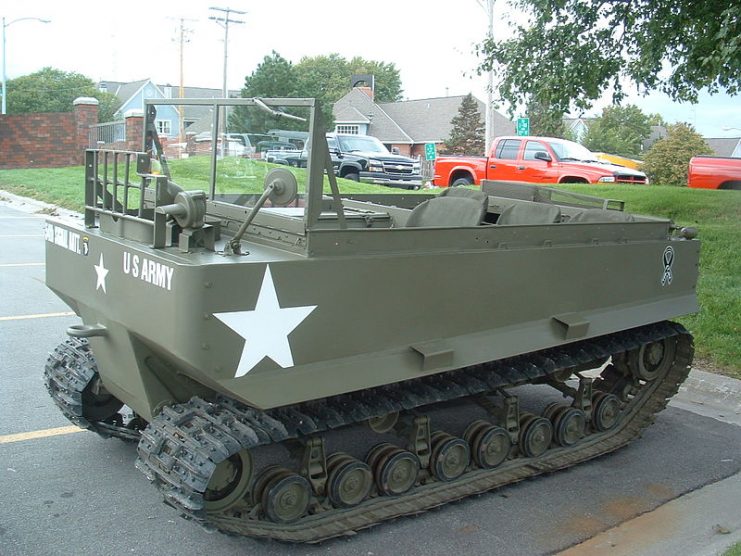
Designed to withstand a parachute drop, the M29 was to carry arms, explosives and minimal resupply stocks across the snow-covered regions of Norway. It was the perfect choice for the hit-and-run tactics of the 1st Special Service Force, made up of American and Canadian commandos, who were to spearhead the raid.
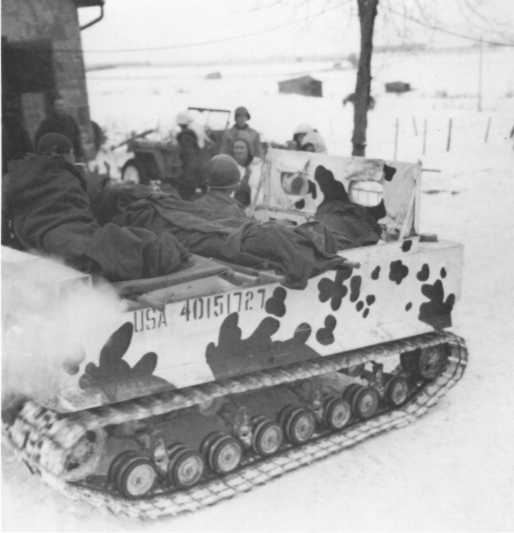
However, the plan was canceled, and the 1st Special Service Force, together with their M29 Weasels, were redirected to participate in the invasion of Sicily.
From this point on the real operational history of the Weasel begins.
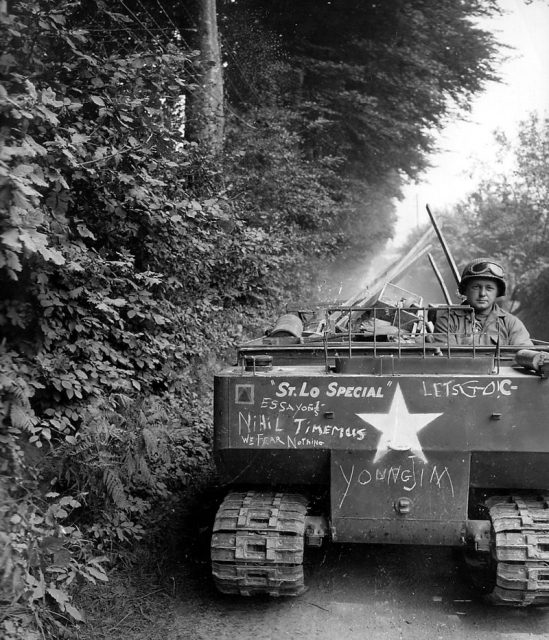
As it was intended to move across snow, it utilized tracks ranging from 15 inches (380 mm) to 20 inches (510 mm), proving more than useful in overcoming muddy ground and the lack of paved roads.
Another advantage of this vehicle, due to its light weight and wide tracks, was that it could cross minefields without triggering anti-tank mines.
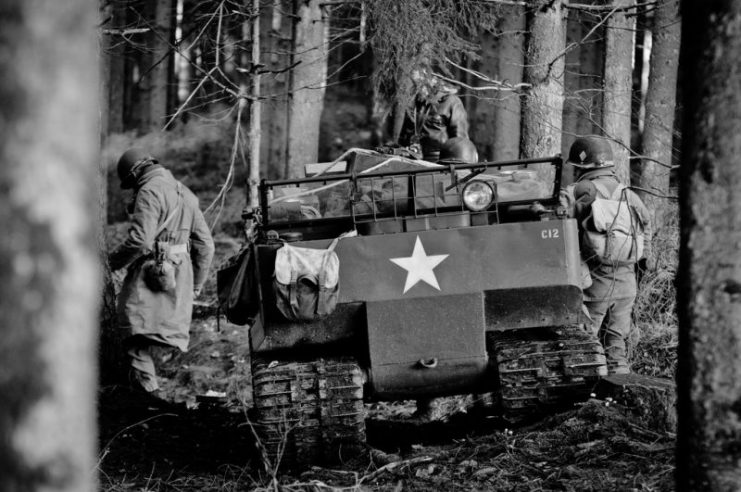
Needless to say, both of these traits were quickly exploited by the Allies. It soon found its purpose as a frontline supply vehicle, while also taking on the roles of mobile command center, ambulance vehicle, and signal line layer.
Due to its ability to adapt to difficult terrain, it was used extensively both in Italy and on the Western Front, especially during the breakthrough at St. Lo, the Battle of the Bulge, and around the muddy regions of Roer and the Rhine.
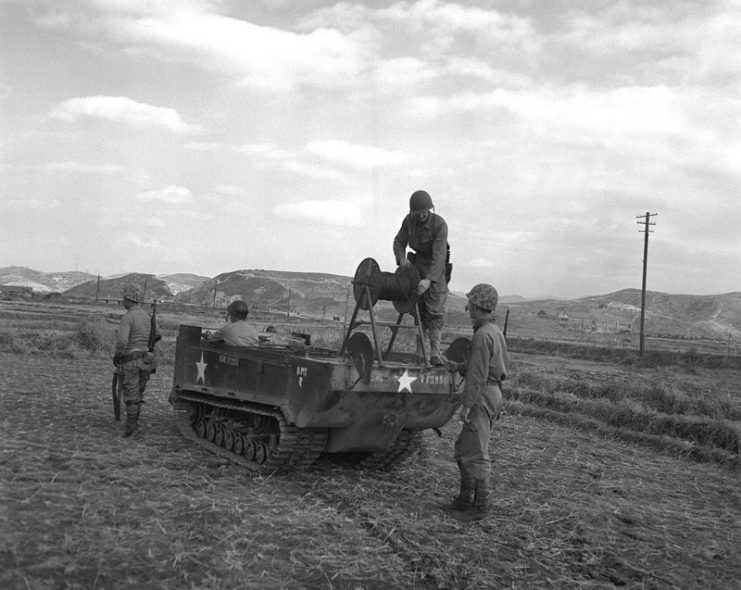
Even though the vehicle was amphibious to some extent, the later version–called the Water Weasel–improved on its amphibious capacity, and was useful during the British-Canadian attack on the Belgian port city of Antwerp.
On the other side of the world, in the Pacific Theater, the M29’s ability to cross sandy beaches without getting stuck proved irreplaceable during the battles of Iwo Jima and Okinawa.
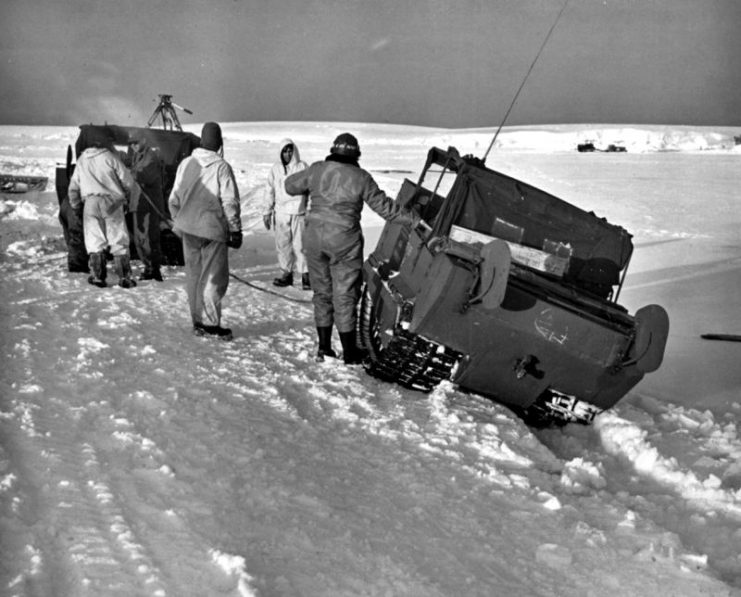
In later years, the vehicle was used in the early stages of the Korean War, and was also used by French troops operating in Indochina. The French would continue to use the M29 as part of the mountain troops and Gendarmerie arsenals until the 1970s.
Also after WWII, the Canadians finally got the chance to use the vehicle for its original purpose―operating in the snowy Arctic.
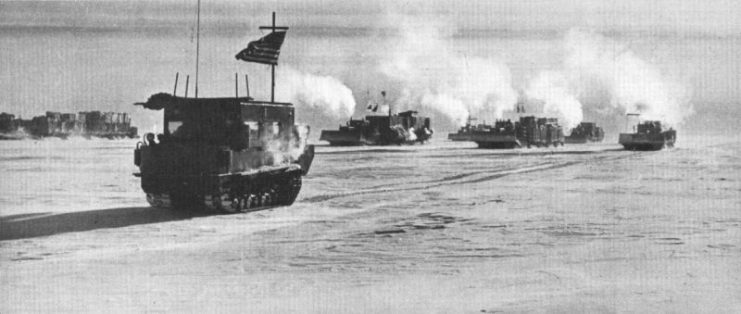
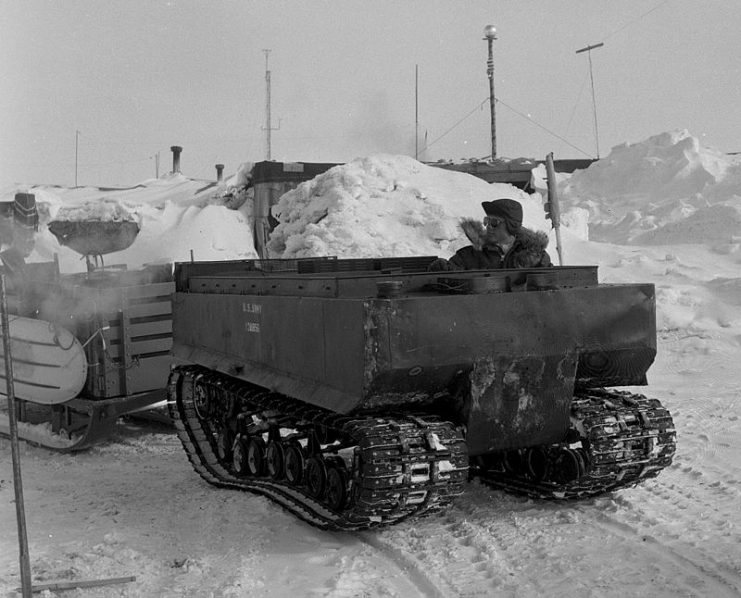
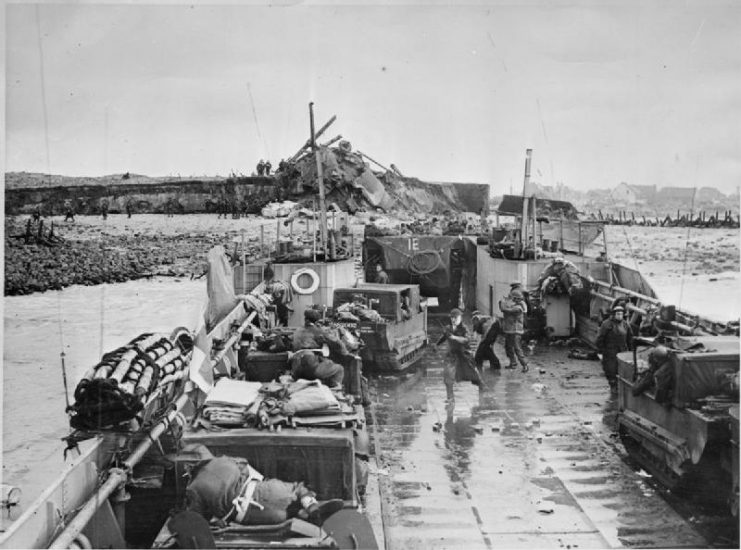
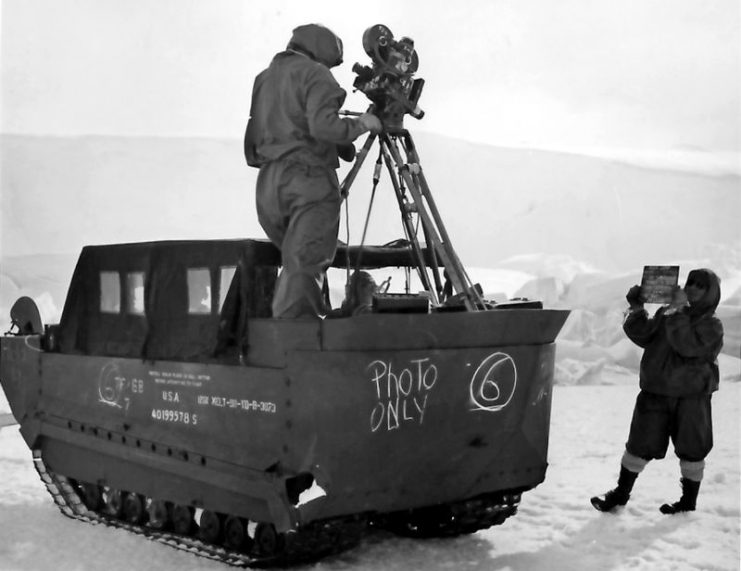
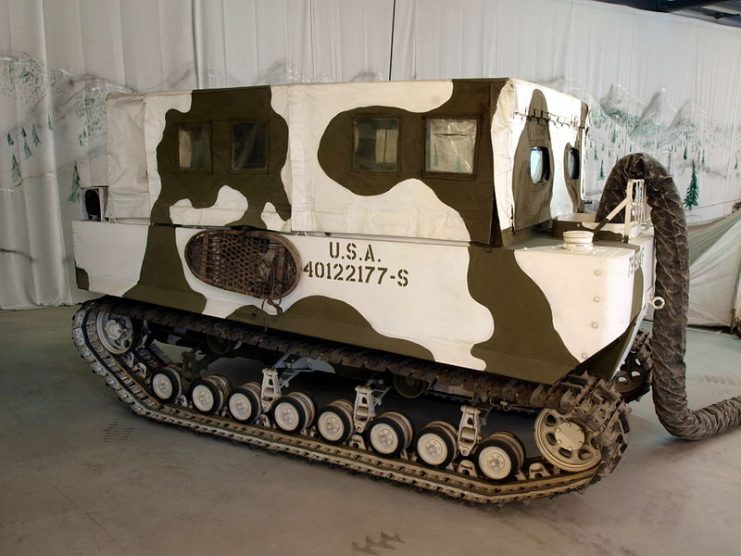
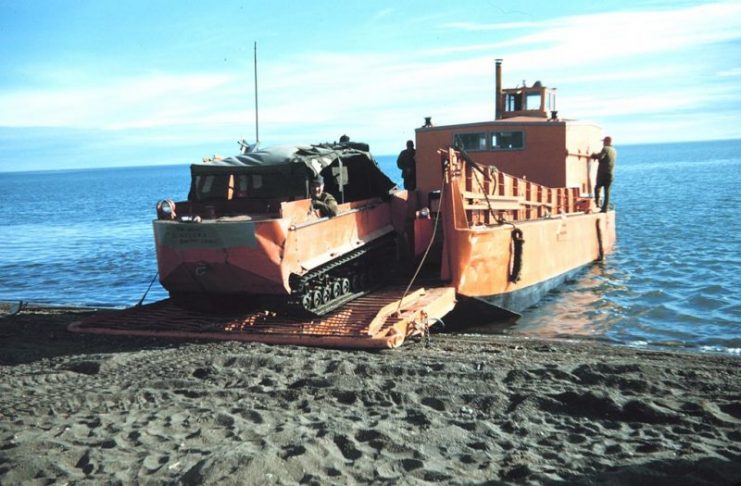
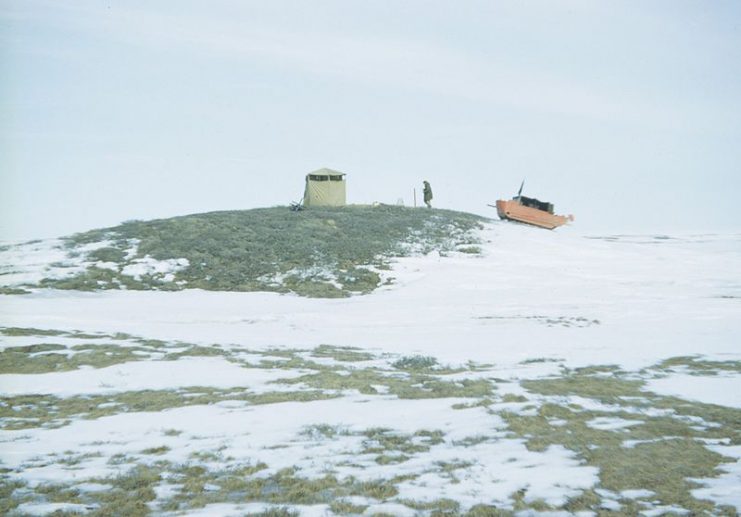
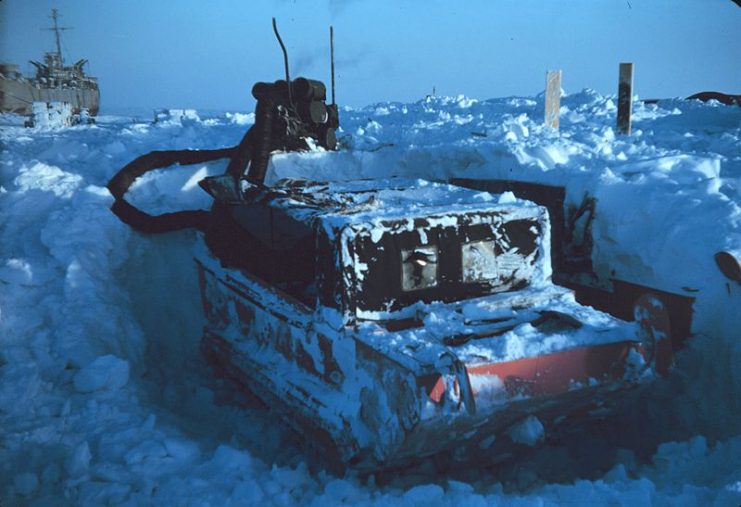
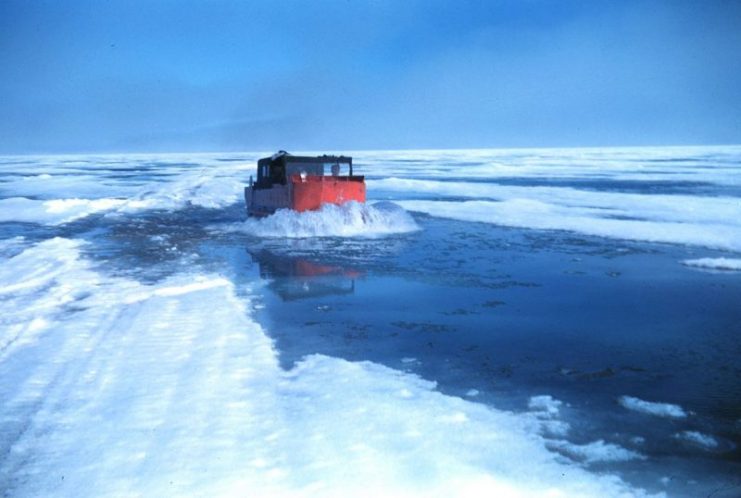
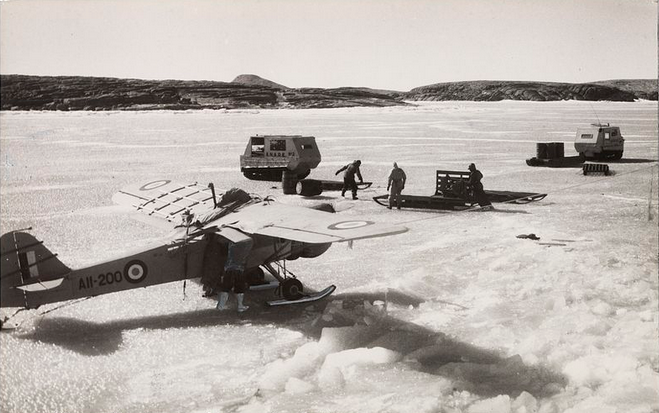
Read more articles from us – M6 Heavy Tank – Armed to the Teeth
